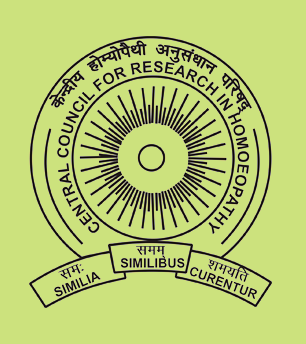Indian Journal of Research in Homoeopathy
Author ORCID Identifier(s)
https://orcid.org/0000-0002-3944-6486
https://orcid.org/0000-0002-4534-6414
https://orcid.org/0000-0002-2691-5335
https://orcid.org/0000-0001-8511-0003
https://orcid.org/0000-0002-6441-7281
https://orcid.org/0000-0003-2005-579X
https://orcid.org/0000-0001-6968-4269
https://orcid.org/0000-0001-5086-5676
Keywords
Amber glass flasks, Arsenicum album, Polyethylene terephthalate primary container, Stability study
Article Type
Original Article
Abstract
Background: The Brazilian Homoeopathic Pharmacopoeia (BHP) recommends using glass amber Type I, II, or III as a primary container for storing homoeopathic liquid medicines. Although the glass has advantages, there are some disadvantages, such as fragility, weight, and the presence of silicate particles, which have been described as critical components involved with the generation of silicon microparticles detected in homoeopathic solutions. Objectives: The present study aimed to investigate the stability of hydroalcoholic solutions of Arsenicum album dynamised in two different vials: class II hydrolytic amber glass and amber high-density polyethylene terephthalate (PET). Materials and Methods: Two potencies of the Arsenicum album, 6C and 30C, were prepared according to BHP. The solutions were stored in glass and PET amber flasks. The stability study was carried out in a climatic chamber according to the conditions described in the Brazilian official compendium for twelve months. During the study, samples were evaluated by density, pH, refractometry, and conductivity. Microbiological purity was evaluated at the beginning and the end of stability study. Results: No statistical differences were observed in the density of samples in both conditions and packages. The pH of all samples remained around 6, and refractometry around 1.363, suggesting their chemical stability. The microbiological assays showed no pathogenic microorganisms after twelve months of storing all samples. Conclusion: The results showed that Arsenicum album 6C and 30C are stable preparations. It can also be concluded that glass bottles are suitable for storing dynamised solutions of Arsenicum album. PET bottles maintained the physicochemical and microbiological stability of the solutions and can be a potential alternative to prepare or store homoeopathic matrices. However, further studies are required to confirm the suitability of PET vials in compounding and storing homoeopathic medicines.
Digital Object Identifier
10.53945/2320-7094.2003
Publisher
Central Council for Research in Homoeopathy
Creative Commons License

This work is licensed under a Creative Commons Attribution-NonCommercial-Share Alike 4.0 International License.
How to cite this article
Pietroluongo M, Giuimarães TF, de Barros Fernandes T, Dos Santos Matos AP, Homsani F, Oliveira AP, et al. Stability study of homoeopathically potentised Arsenicum album in hydrolytic amber glass class II and high-density polyethylene terephthalate over twelve months. Indian J Res Homoeopathy 2024;18:172-179.
Submitted
07-12-2023
Published
27-09-2024



